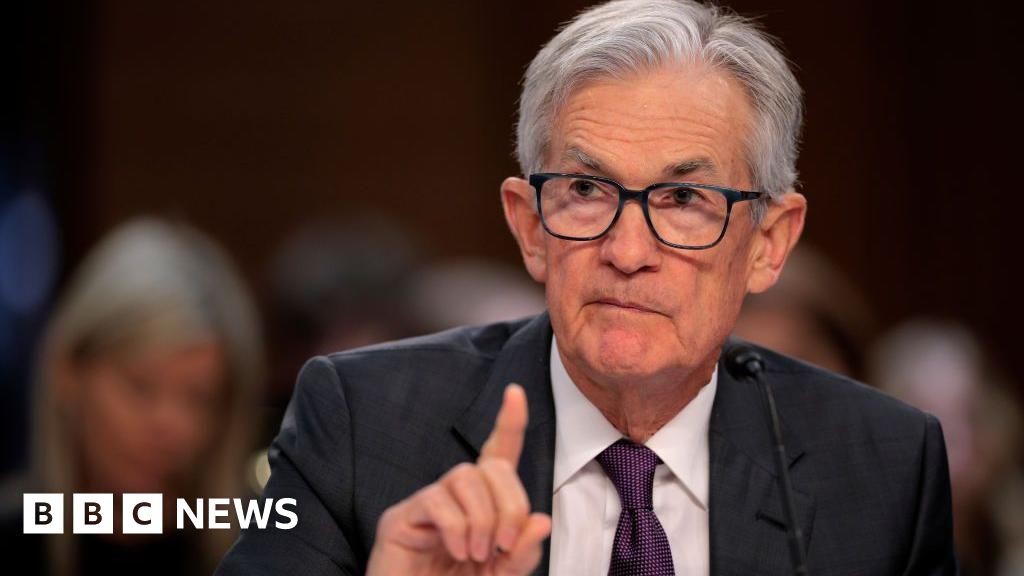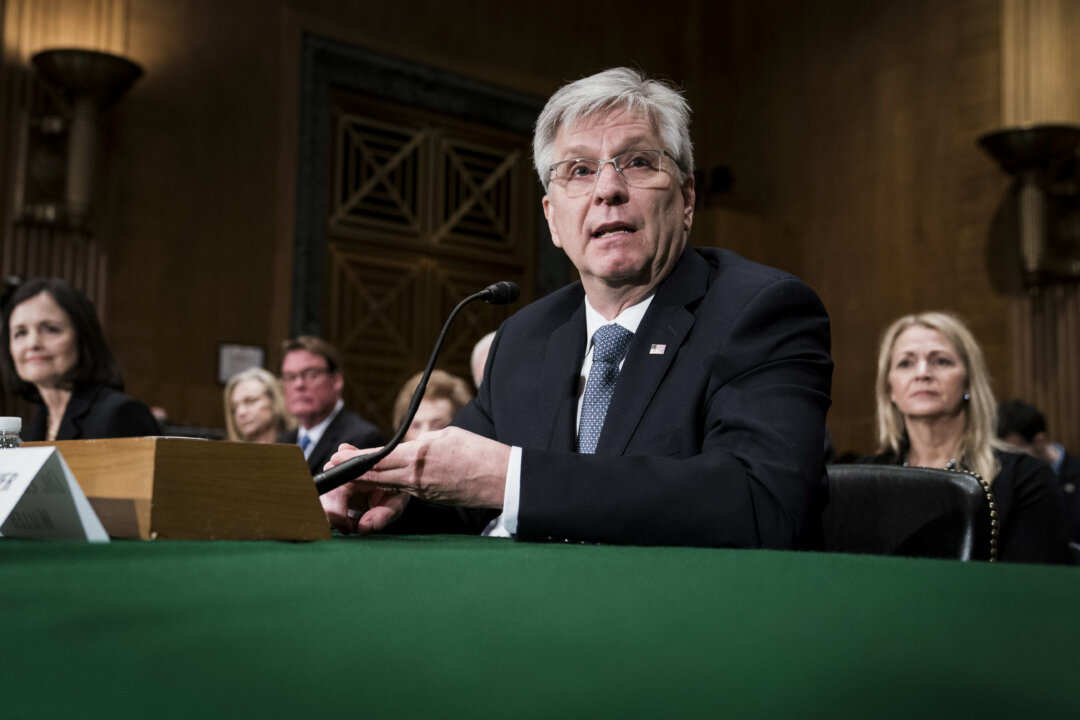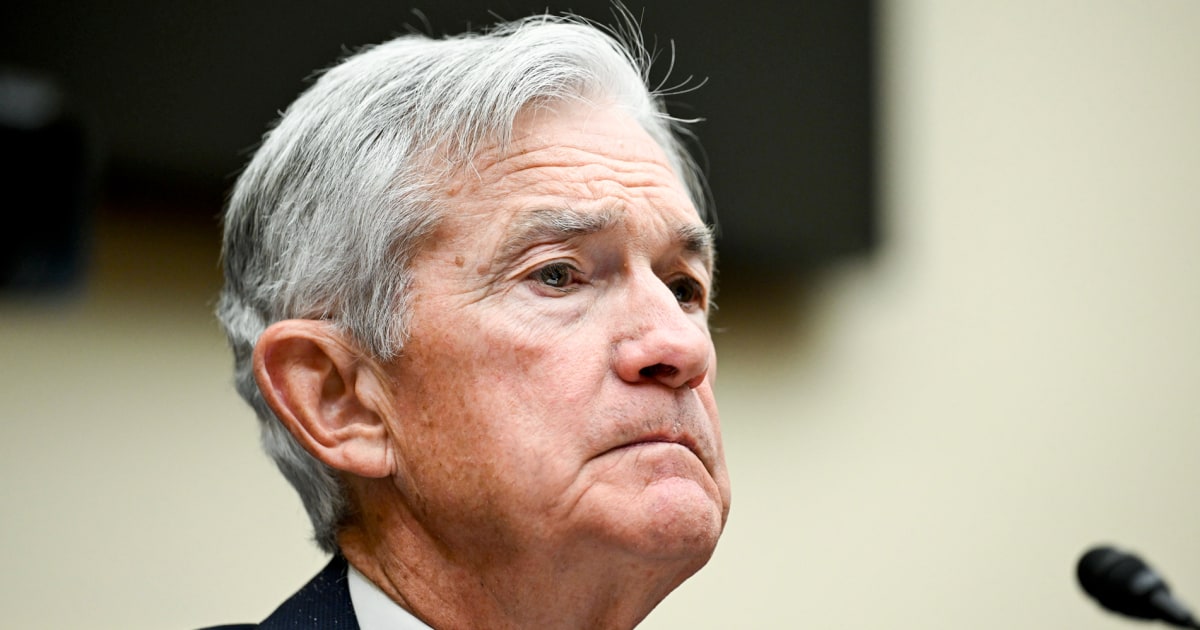Federal Reserve Maintains Interest Rate Amid Rising Inflation Concerns
Federal officials keep interest rates steady at 4.3%, citing inflation risks from proposed tariffs and consumer spending, with a cautious outlook ahead.
Overview
At a recent meeting, Federal Reserve officials opted to keep interest rates at 4.3%, attributing this decision to escalating inflation risks linked to President Trump's proposed tariffs and strong consumer spending. Consumer prices surged 3% year-over-year in January, signaling potential inflation challenges ahead, which economists predict could limit rate cuts to only one in 2025. Fed officials unanimously supported this pause, concerned about uncertainty in the economy and the lasting effects of Trump's economic policies. While some Fed members foresee eventual rate cuts, they stress the need for clearer inflation trends before proceeding.
Report issue

Read both sides in 5 minutes each day
Analysis
Analysis unavailable for this viewpoint.
Articles (9)
Center (5)
FAQ
The Federal Reserve maintained the interest rate due to concerns about rising inflation risks, particularly from proposed tariffs and strong consumer spending. They want to see further progress on inflation before making any rate adjustments.
President Trump's proposed tariffs could increase inflation by raising input costs for businesses, which might then be passed on to consumers. This could delay further interest rate cuts as the Fed monitors inflation closely.
Economists predict that there might be only one interest rate cut in 2025, given the current economic conditions and inflation concerns. The Fed is cautious and will assess further data before making any adjustments.
The Federal Reserve aims to achieve maximum employment and keep inflation at 2% over the longer term. They are attentive to risks affecting these goals and will adjust monetary policy accordingly.
History
- 8M

 3 articles
3 articles






